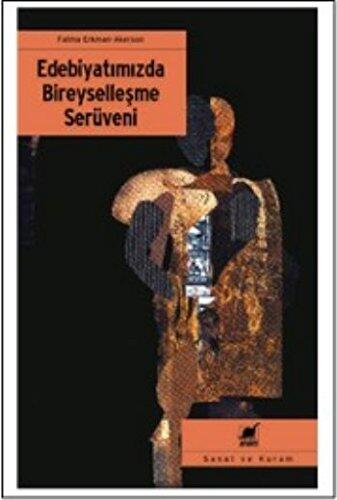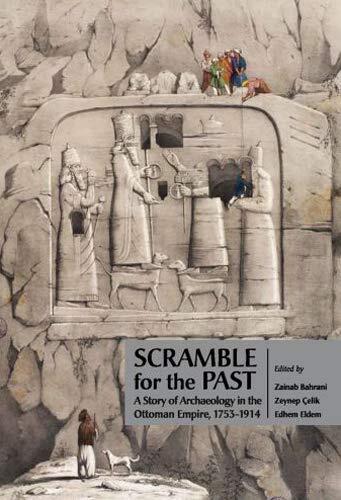
Apolyont'un Sakinleri Mekân, Bellek ve Tarih
还没有评分
History
Travel
格式
平装书
页数
367
语言
土耳其语
已发布
Jan 1, 2017
出版商
Nilüfer Belediyesi
ISBN-10
605989738X
ISBN-13
9786059897389
描述
In a nuanced exploration of a unique locale, the narrative delves into the intricate relationship between space, memory, and history. It reveals how the residents of Apolyont, a once-thriving settlement, navigate their cultural heritage amidst the passage of time. Their stories and experiences serve as a poignant reminder of how places shape identities, intertwining the physical landscape with personal and collective memories.
The book meticulously captures the essence of Apolyont, reflecting on its historical significance and the evolution of its community. Through the lens of its inhabitants, the text examines the footprints left by past generations, shedding light on the importance of preserving cultural narratives against the backdrop of change. Each chapter unfolds like a tapestry, weaving together personal anecdotes, historical insights, and the rich ambiance of the region.
The author invites readers to contemplate the power of memory in the formation of identity, suggesting that understanding one’s roots can foster a deeper sense of belonging. As the narrative unfolds, it encourages an exploration of how memories of place influence contemporary life and contribute to the ongoing story of Apolyont and its people.
With its blending of cultural analysis and evocative storytelling, the work serves as a compelling testament to the enduring bond between a community and its environment. Readers come away not only with knowledge about Apolyont but also with an appreciation for the profound connections that exist between memory, identity, and place.
The book meticulously captures the essence of Apolyont, reflecting on its historical significance and the evolution of its community. Through the lens of its inhabitants, the text examines the footprints left by past generations, shedding light on the importance of preserving cultural narratives against the backdrop of change. Each chapter unfolds like a tapestry, weaving together personal anecdotes, historical insights, and the rich ambiance of the region.
The author invites readers to contemplate the power of memory in the formation of identity, suggesting that understanding one’s roots can foster a deeper sense of belonging. As the narrative unfolds, it encourages an exploration of how memories of place influence contemporary life and contribute to the ongoing story of Apolyont and its people.
With its blending of cultural analysis and evocative storytelling, the work serves as a compelling testament to the enduring bond between a community and its environment. Readers come away not only with knowledge about Apolyont but also with an appreciation for the profound connections that exist between memory, identity, and place.



















